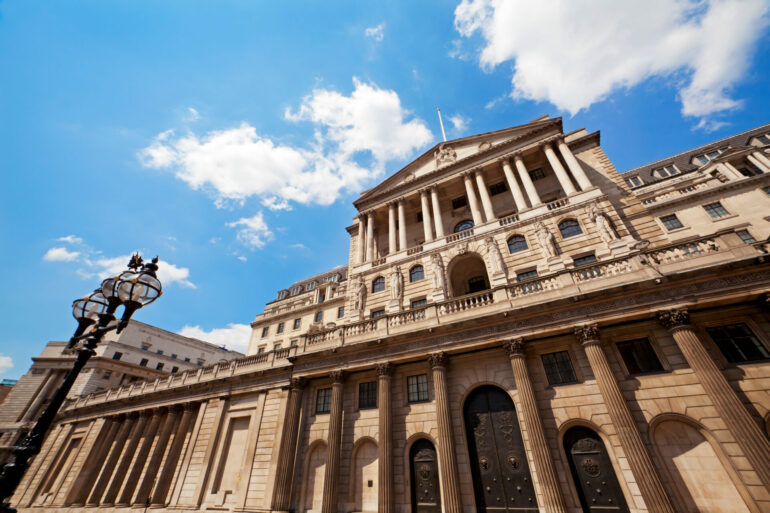Demand for mortgages fell back at the end of 2021, and is expected to do so again in the first three months of 2022, according to the latest Bank of England Credit Statistics.
Demand for lending on credit cards and loans rose in the last three months of the year and is expected to do so again during the current quarter, as the big squeeze on our finances takes a toll.
Banks are increasingly prepared to lend, and this will continue to March. They’re also boosting interest-free periods on credit cards for both balance transfers and purchases.
Defaults for both mortgages and unsecured lending are also expected to increase in the first three months of this year.
Sarah Coles, senior personal finance analyst, Hargreaves Lansdown, said: “We could grow old waiting for savings rates to rise, because the big high street banks don’t need our money. Demand for mortgages has dropped, and is set to keep falling, so banks don’t need as much cash to fund this lending.
“Meanwhile, the news isn’t any better for borrowers, because the squeeze on household incomes means more people turning to credit cards and loans, and more struggling to make repayments.
Savers
“Demand for mortgages has fallen, and is set to continue doing so as the housing market slows. There was a flurry of remortgaging at the end of the year, but the banks expect this activity to drop off in the first three months of this year. It means banks have no need to tempt savers with attractive rates. They’re already sitting on a pile of cheap money from the government, and they have plenty to keep them going for now.
“It means that banks, including the high street giants, that haven’t passed on the Bank of England rate rise to savers, may well be in no hurry to do so. It means the only way to get the best possible rate is to shop around and switch. Right now, the typical high street bank is paying 0.01%, while shopping around can earn you 70 times as much interest.
Borrowers
“Demand for loans and credit cards rose at the end of the year, and is set to continue doing so as we go into 2022. With inflation running at 5.1%, and the price of petrol and energy causing real pain for households, more of us have been borrowing to make ends meet, and the banks expect us to keep borrowing even more.
“In the short-term, this may not cause any problems, because the banks are increasingly happy to lend. The trouble comes further down the line, when prices have gone up even more, and you’re struggling to stretch your budget to cover interest payments on top of your rising bills. Already the banks say that default rates on both mortgages and unsecured lending have started to rise, and they expect them to increase further in the first three months of the year.
“If you’re struggling to make ends meet, by far the best approach is to draw up a budget to try to stay in the black, rather than storing up a bigger problem further down the line. If you are already carrying debt, one option is to switch to a credit card offering a 0% period on balance transfers and focus on paying this off before interest is due. Here at least there is a small spot of good news, because the length of these 0% deals is growing, giving you a little more space to get back on top of your finances.”




